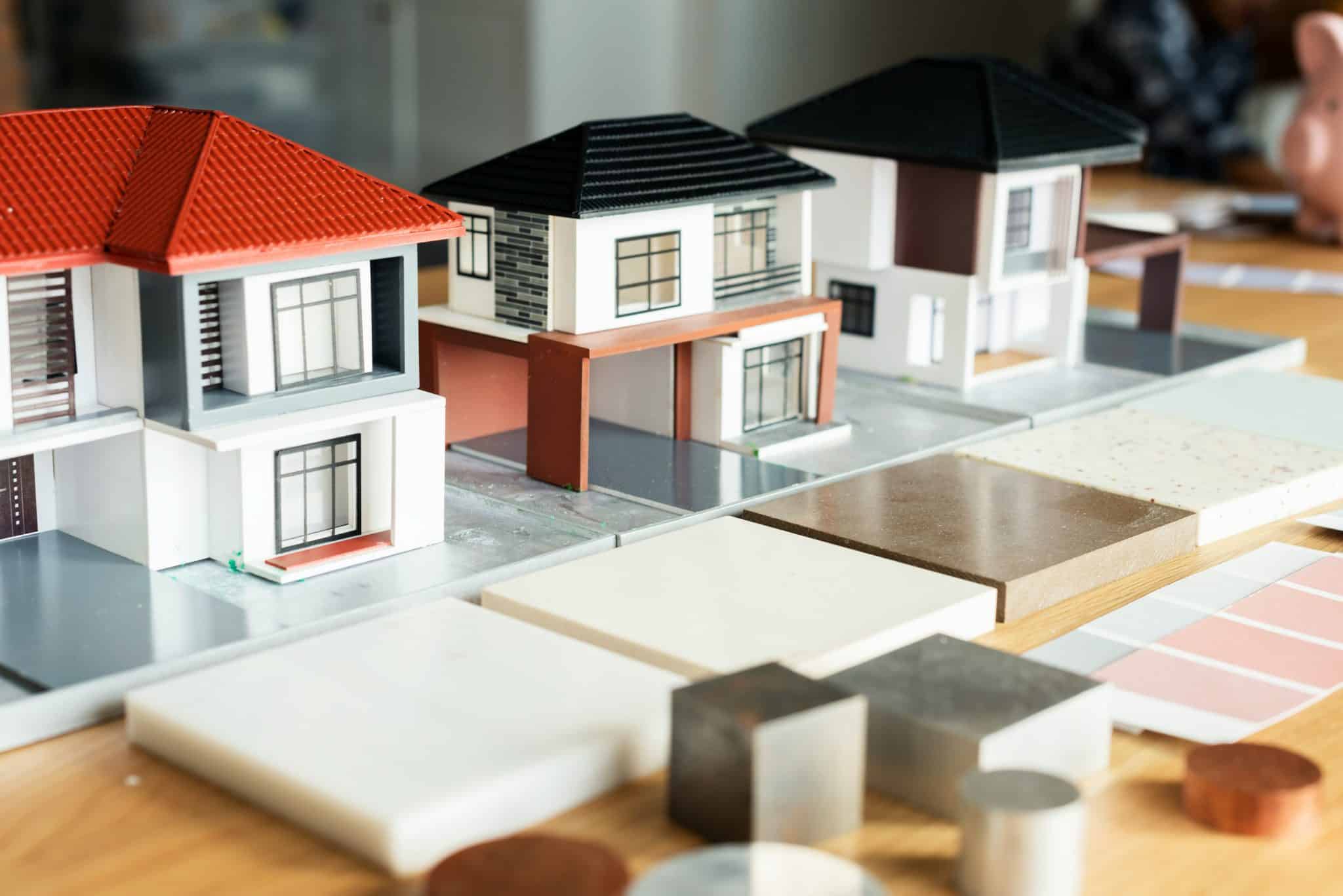In today’s fast-paced and technologically advanced world, architects need to stay ahead of the curve by utilizing a variety of digital tools to streamline their workflows, enhance their designs, and improve collaboration. This article explores some of the most useful tools that modern architects should have in their digital toolbox.
1. Effortless project management with GanttPRO
GanttPRO is an essential project management tool, a Gantt chart creator, that is becoming increasingly popular among architects. This cloud-based software has become an indispensable asset for managing complex architectural projects as it helps architects plan, schedule, and track planned activities with ease.
Main benefits for architects
GanttPRO offers features that make project management easier. It includes a visual project timeline, where users can see the entire project schedule at a glance. You can link tasks that rely on each other, and highlight important events or deadlines as milestones.
The platform also supports resource allocation and management, where you can assign tasks and manage team members or other resources efficiently. Real-time collaboration and project view customization also receive positive feedback from its users.
With GanttPRO, architects can effectively manage their project timelines, allocate resources efficiently, and ensure that all team members are aligned on project goals and deadlines. Thanks to its intuitive interface and powerful features, it’s an excellent choice for architects to streamline all project management processes.
2. Efficient Building Information Modeling with Autodesk Revit
Autodesk Revit is comprehensive. Building Information Modeling (BIM) software that has drastically changed the way architects design and document buildings. This powerful tool allows architects to create detailed 3D models of buildings, complete with all the necessary information for construction and maintenance.
Main benefits for architects
Autodesk Revit will provide architects with fundamental features for building design and construction. It supports parametric modeling for efficient design changes that automatically update throughout the project. It further automatically generates essential elements like floor plans, elevations, and sections based on the design model.
Multi-disciplinary teams, such as architects, engineers, and contractors, can work together seamlessly. In addition, Detailed libraries of materials and components enhance design accuracy. And energy analysis and sustainability tools help create more environmentally friendly buildings.
Revit’s ability to integrate all aspects of a building’s design, from structural elements to MEP systems, makes it an invaluable tool for modern architects.
3. User-friendly 3D Modeling and Visualization with SketchUp
SketchUp is a user-friendly 3D modeling software that has gained popularity among architects because of its intuitive interface and quick learning curve. This tool is ideal for conceptual design and presentation purposes and allows architects to create 3D models as fast as possible.
Main benefits for architects
SketchUp offers intuitive 3D modeling tools to create detailed designs. It includes an extensive library of pre-made components, which helps to add elements pretty quickly. The software integrates with various rendering engines, so as to bring designs to life with realistic visuals. SketchUp also features geo-location capabilities and supports virtual and augmented reality.
With SketchUp’s simplicity and flexibility, architects can quickly visualize ideas, explore design options, and communicate concepts to clients. Its compatibility with other software and rendering engines also allows for seamless integration into more complex workflows.
4. Innovative Graphic Design and Presentation with Adobe Creative Suite
The Adobe Creative Suite, including applications like Photoshop, Illustrator, and InDesign, is essential for architects who need to create stunning visual presentations and marketing materials. These tools enable architects to enhance their designs, create compelling graphics, and develop professional-quality presentations.
Main benefits for architects
Photoshop helps with photo editing, rendering touch-ups, and creating image composites. Illustrator focuses on vector graphics and is useful for designing logos, diagrams, and other scalable illustrations. InDesign is used for layout design, where architects can create professional portfolios, presentations, and marketing materials with ease.
With Adobe Creative Suite, architects can create impactful presentations that effectively convey their design concepts to clients and stakeholders.
5. Advanced PDF Markup and Collaboration with Bluebeam Revu
Bluebeam Revu is a powerful PDF markup and collaboration tool specifically relevant for the architecture, engineering, and construction industry. This software streamlines document management, review processes, and collaboration among project teams.
Main benefits for architects
Bluebeam Revu offers advanced PDF markup and editing tools for detailed annotations. Architects can create custom stamps and annotations to personalize and standardize workflows. The software also supports automatic quantity takeoffs and measurements for a simplified estimation process.
With cloud-based document storage and sharing, teams can access and manage files from anywhere. Additionally, Bluebeam Revu makes possible real-time collaboration through Studio Sessions
With Bluebeam Revu’s specialized features, architects can streamline document workflows, improve communication with team members and clients, and reduce errors in the design and construction process.
6. Real-time rendering and Virtual Reality with Enscape
Enscape is a real-time rendering and virtual reality tool that integrates seamlessly with popular 3D modeling software like Revit, SketchUp, and Rhino. This prominent visualization tool allows architects to create stunning, photorealistic renderings and immersive virtual reality experiences with minimal effort.
Main benefits for architects
One-click real-time rendering allows architects to instantly transform 3D models into high-quality visuals. It also enables the easy creation of virtual reality walkthroughs. Enscape automatically generates animated videos that can be used to showcase projects dynamically.
The software includes extensive material and asset libraries for enhancing designs with realistic elements. Additionally, it provides cloud-based sharing and collaboration features.
With Enscape, architects can quickly produce high-quality visualizations to communicate their designs effectively to clients and stakeholders. The ability to create immersive virtual reality experiences also allows for better spatial understanding and decision-making during the design process.
7. Visual Programming for Parametric Design with Dynamo
Dynamo is a visual programming tool that works as an extension to Autodesk Revit, allowing architects to create custom workflows and automate repetitive tasks. This powerful tool enables architects to explore parametric design possibilities and optimize their design processes.
Main benefits for architects
Dynamo offers a visual programming interface that is supposed to be easy even for non-programmers. Architects can create custom nodes for specialized functions and adapt workflows to their needs. It also allows users to manipulate data and create geometry directly within building models.
Reusable scripts can help automate repetitive processes. And more advanced users will appreciate Dynamo’s support of Python scripting.
With Dynamo, architects can automate complex design tasks, explore generative design possibilities, and create custom tools to enhance their productivity
8. Architectural Visualization and Animation Lumion
Lumion is a powerful 3D rendering and animation software targeted at architects and designers. This user-friendly tool allows architects to quickly transform their 3D models into stunning visualizations, animations, and 360-degree panoramas.
Main benefits for architects
Lumion is equipped with an extensive library of materials, objects, and environments for enriching the scenes with realistic details. With real-time rendering capabilities, architects can expect fast iterations. The software also offers user-friendly animation tools for creating engaging walkthroughs and flythroughs.
Additionally, Lumion features advanced lighting and atmospheric effects that add depth and realism to visualizations. With Lumion’s intuitive interface and rapid rendering capabilities, architects will be able to produce high-quality visualizations quickly, without the need for extensive training in complex rendering software.
9. Collaborative Whiteboarding and Ideation with Miro
Miro is a digital whiteboarding platform that facilitates collaborative ideation and brainstorming sessions among team members, regardless of their physical location. This versatile tool is particularly useful for architects during the conceptual design phase and for remote collaboration.
Main benefits for architects
Miro features an infinite canvas with unlimited space for ideation. A real-time collaboration allows multiple architects to work together seamlessly. This software includes templates that support various design thinking methodologies. And it’s connectable to other productivity tools.. Teams can easily distribute their work and insights by sharing and exporting boards.
With Miro, architects can facilitate virtual design charrettes, conduct remote client meetings, and collaborate on design concepts with team members across different locations.
The list can go on and on, as there are countless options and tools available that make our work significantly easier. Master these tools and explore others to elevate your practice and deliver exceptional results for your clients.








